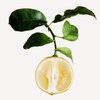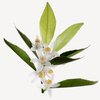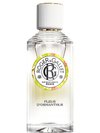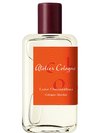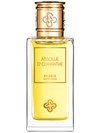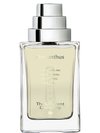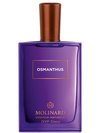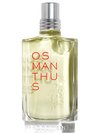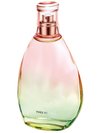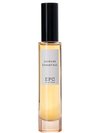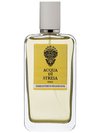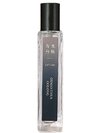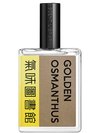Osmanthus
Floral and exotic, fruity accents of apricot and leather, sexy, bold, provocative.
Bold, sexy and provocative: the scent of osmanthus is deeply alluring, pairing particularly well with warm, sensual ambery notes of vanilla or sandalwood. It adds a distinct leathery facet to ambery accords without a heavy, animalic feeling. Its exotic, fruity accents of apricot blend beautifully in fresh, citrus tonics, where osmanthus plays an entirely different role: adding a sweeter, sparkling facet to vibrant accords.
Data sheet
- Type
- Extraction Method
- Used parts
- Narural raw material
- Solvent extraction
- Flowers




